Abu Dhabi HSBC Championship
Aaron Rai’s Winning WITB at Abu Dhabi HSBC Championship
Explore 33,000+ golf courses in 180 countries.
Follow the latest news and trends in golf.
Connect with like-minded golfers.
Find everything you need for your golf equipment and gear needs.
Travel, golf resorts, lifestyle, gear, tour highlights and technology.
All Square
Suggestions
Abu Dhabi HSBC Championship
Aaron Rai’s Winning WITB at Abu Dhabi HSBC Championship
Clothes
How to Pack Smart for a Golf Holiday
Course Reviews
Weekend Golf Escapes by Car from Luxembourg
Course Reviews
Best Clubhouse Restaurants in Europe
Course Reviews
Your Top Destinations For a Last-Minute Christmas Golf Getaway in Europe
Clubs
Hideki Matsuyama WITB Behind His 2025 Hero World Challenge Victory
Amateur Golf
Europe’s Best Pro-Am Golf Events for Amateurs
Course Reviews
Top 10 Par‑3s You’ll Never Forget
Course Reviews
The Architects Behind Europe’s Most Iconic Courses
Destinations
Europe’s Best Resorts for Couples
Contests
The Skins Game: Results & Overview
Community
Rewilding the Rough: Nature-First Golf Design
Course Reviews
The History Behind the Ryder Cup Courses
Course Reviews
The Best Golf Courses Near Pinehurst That Aren’t Pinehurst No. 2
Course Reviews
The Els Club Vilamoura: Golfing Grandeur in the Algarve
Community
A Guide to Golf in Costa Rica
Course Reviews
South Korea’s Best Championship Golf Courses
Course Reviews
Golf Vacations in New Zealand’s North Island
Course Reviews
Bali’s Premier Fairways: A Journey Through Iconic Golf Courses
Course Reviews
Terras da Comporta: Portugal’s New Golf Destination

Golf is a game of precision, and nowhere is that more evident than in the short game. When it comes to wedge play, many golfers focus on loft, shaft length, and grip, but one of the most crucial — and often overlooked — factors is bounce. The bounce of a wedge can make the difference between a crisp, controlled shot and one that digs too deep or skims across the turf. Understanding how wedge bounce works and how it affects different shots can elevate your game and help you make better decisions around the greens.
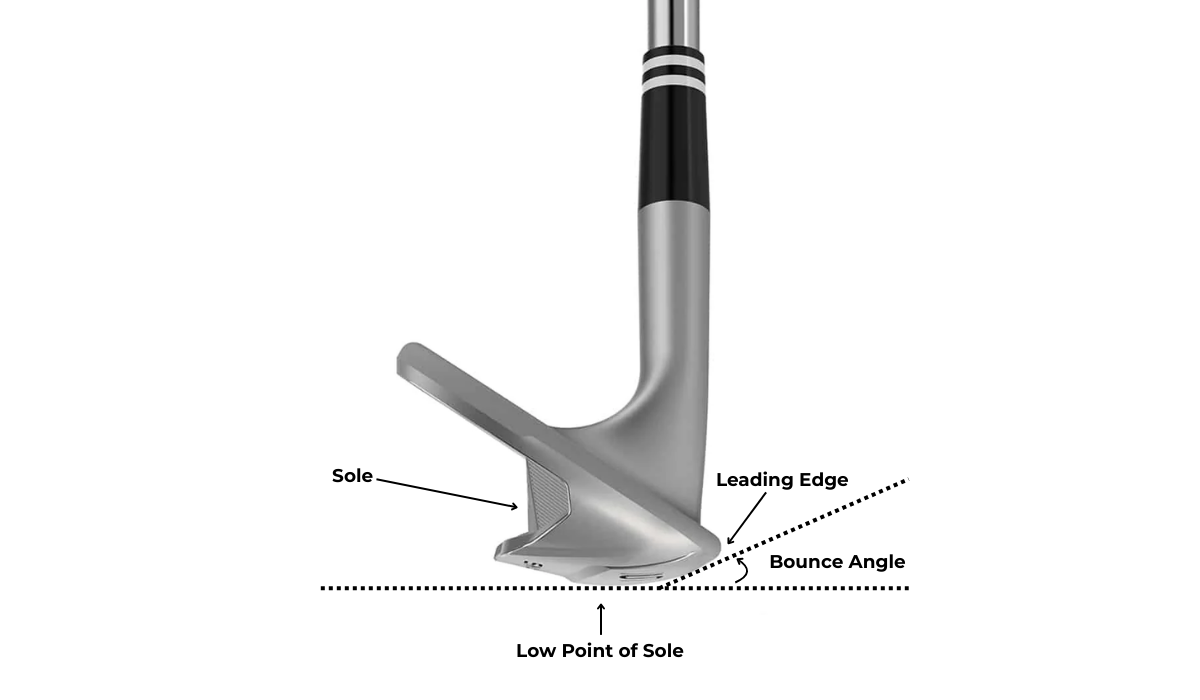
Bounce is the angle between the leading edge of the clubface and the lowest point of the club’s sole. It determines how much the wedge interacts with the ground when striking the ball. A higher bounce angle means more of the club’s sole makes contact with the turf, preventing it from digging too deep. A lower bounce angle allows the leading edge to get under the ball more easily but can also increase the risk of digging into the ground, particularly on softer surfaces.
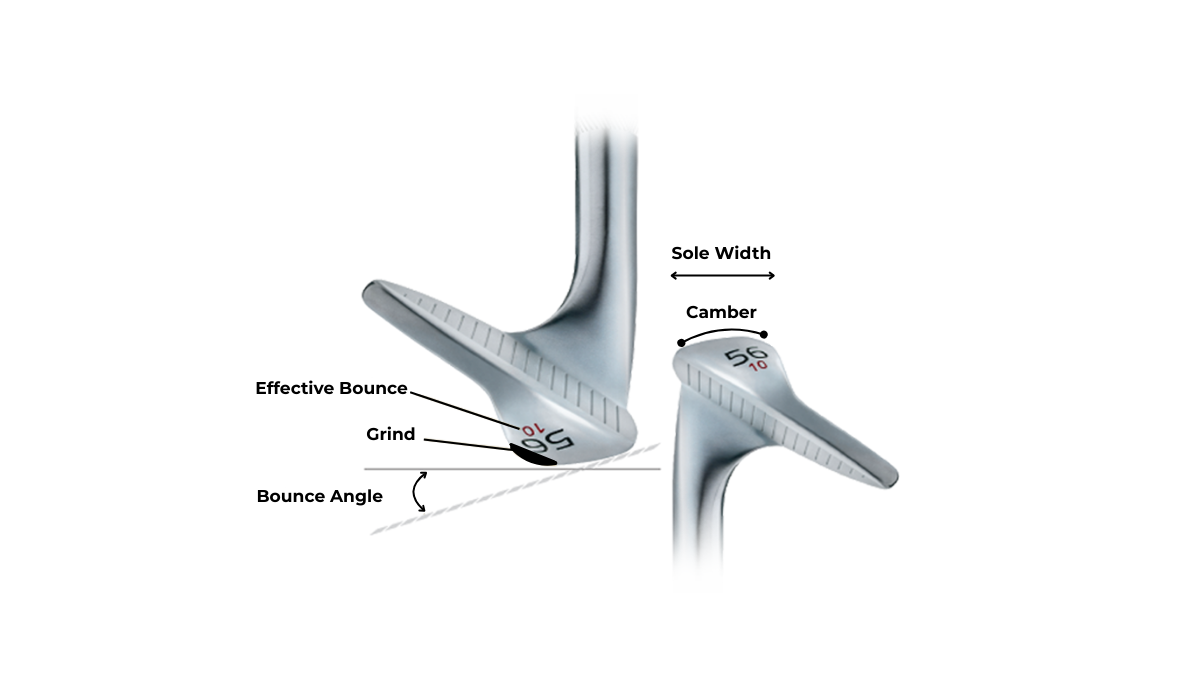
Wedge bounce is measured in degrees, typically ranging from 4 to 14 degrees. The right bounce for a given shot depends on several factors, including course conditions, swing type, and the type of shots a golfer prefers to hit. Choosing the right bounce for your wedge can help create consistent, well-executed shots that improve control and confidence.
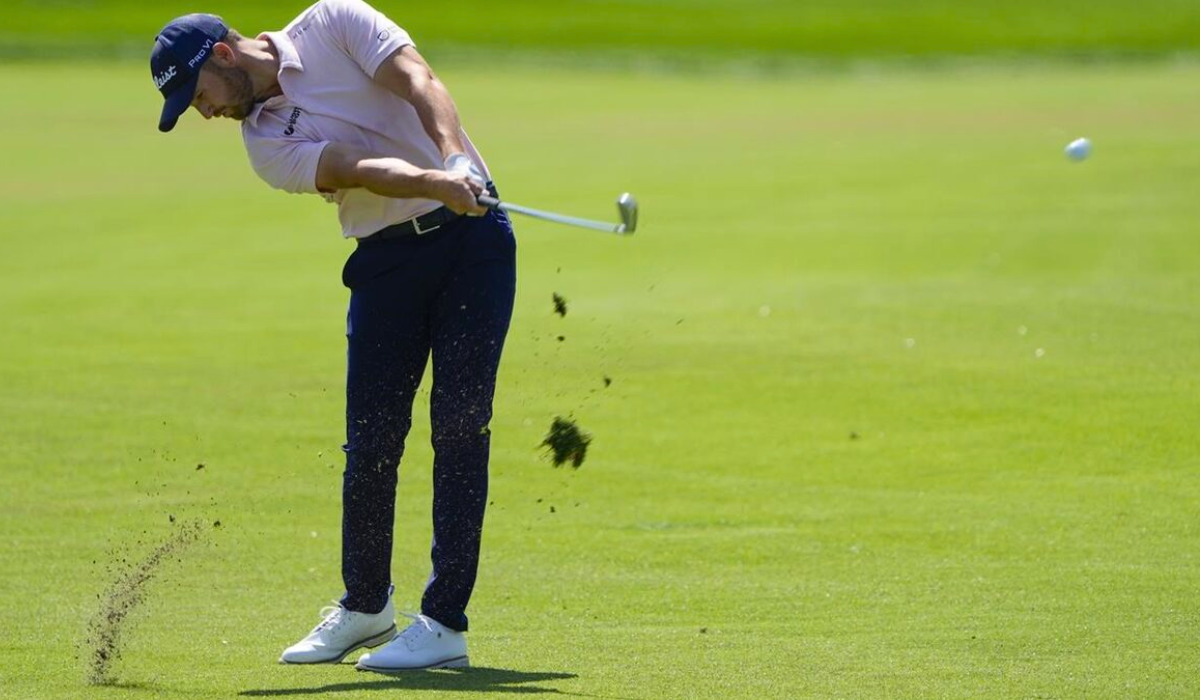
The interaction between the wedge’s bounce and the ground varies significantly depending on the playing surface. On firm, tight lies, such as hard fairways or compact sand, lower bounce wedges allow the leading edge to get underneath the ball more effectively. However, in soft conditions — like fluffy sand or lush rough — a higher bounce helps prevent the club from digging too deeply, ensuring cleaner contact.
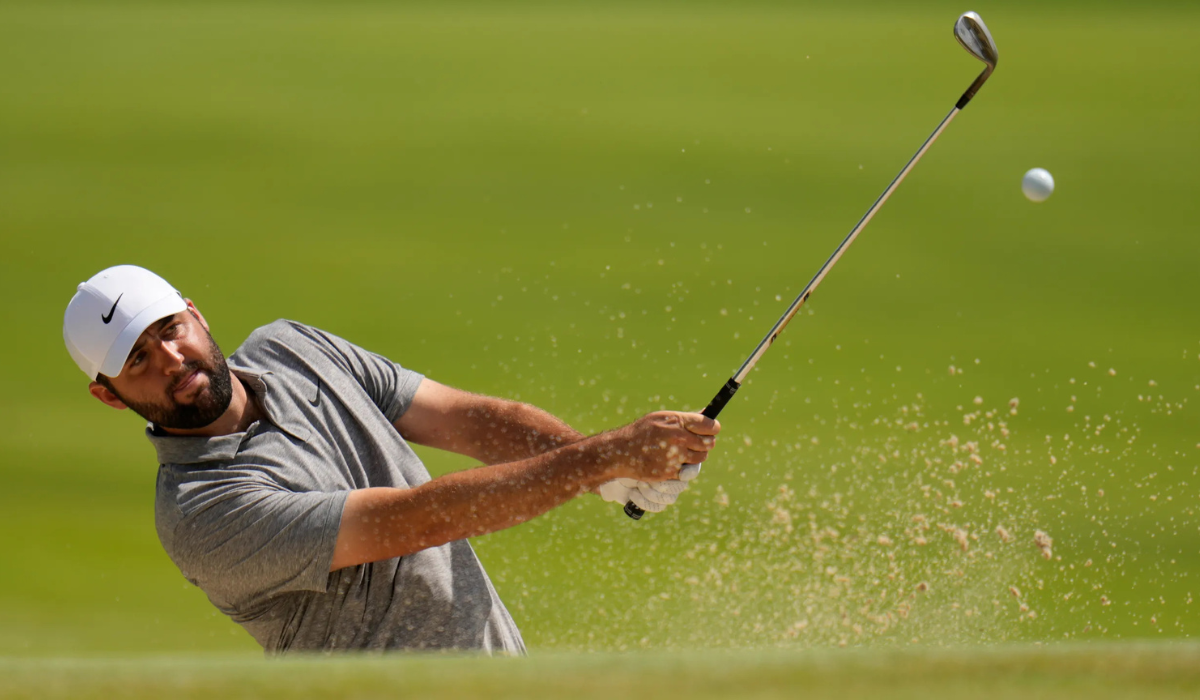
When hitting out of bunkers, bounce plays an even more significant role. A high-bounce wedge glides through the sand, allowing for a smoother, more forgiving explosion shot. Players who struggle with consistency from the sand often find that increasing bounce helps them maintain control and avoid hitting shots that dig too deep or come up short. Conversely, golfers who prefer to play more precise, lower-flight bunker shots might opt for a lower bounce wedge, allowing them to slide under the ball with minimal resistance.
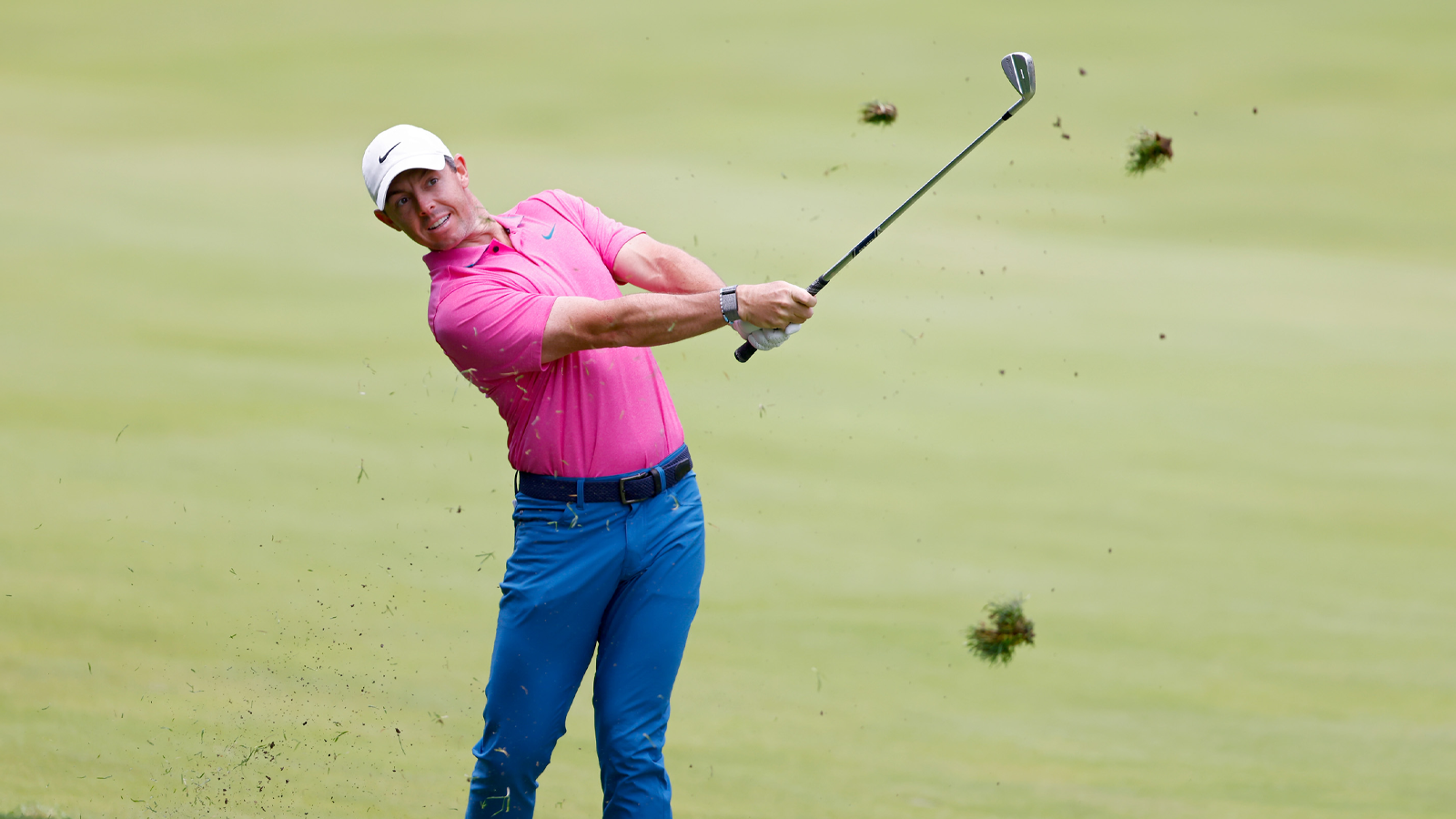
Beyond course conditions, a golfer’s swing also plays a crucial role in determining the ideal wedge bounce. Players with a steep angle of attack — those who take deep divots — benefit from higher bounce, as it prevents the club from digging too aggressively into the turf. High-bounce wedges help these golfers maintain consistency and avoid the dreaded fat shot, where the club gets stuck in the ground before making proper contact with the ball.
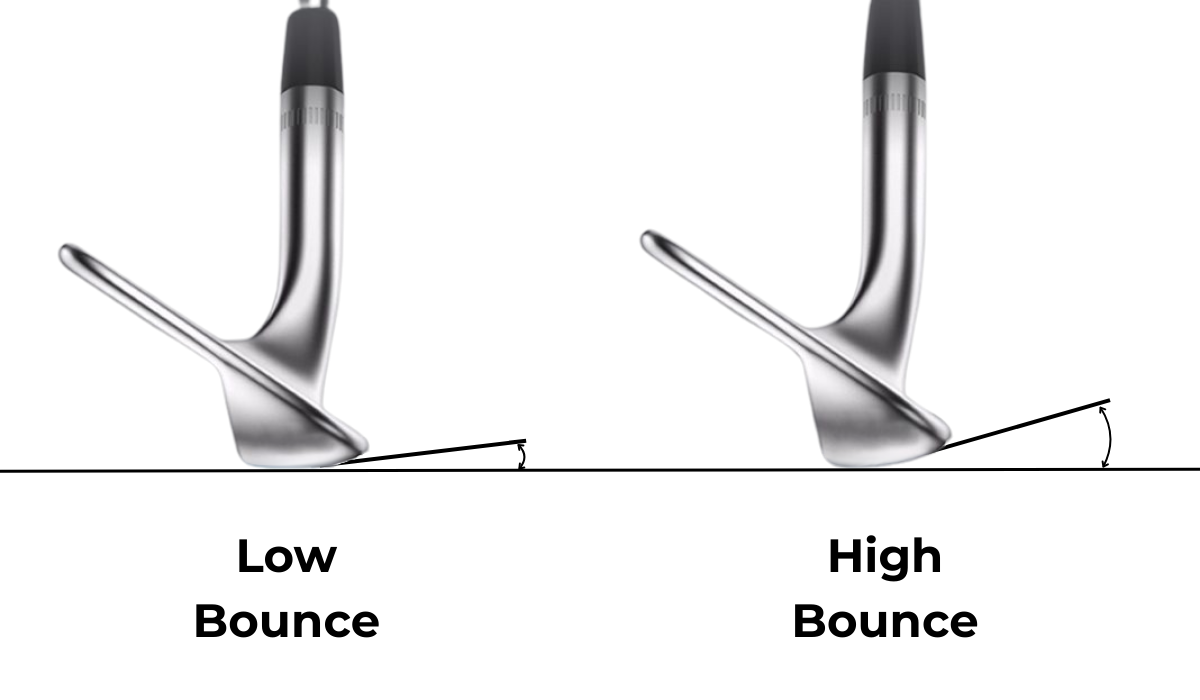
On the other hand, golfers with a shallower angle of attack, who tend to sweep the ball off the turf with minimal divot, often prefer lower bounce wedges. A lower bounce wedge allows them to maintain clean contact without excessive resistance from the ground. Matching the bounce to a player’s swing tendencies is essential for achieving a predictable and reliable short game.
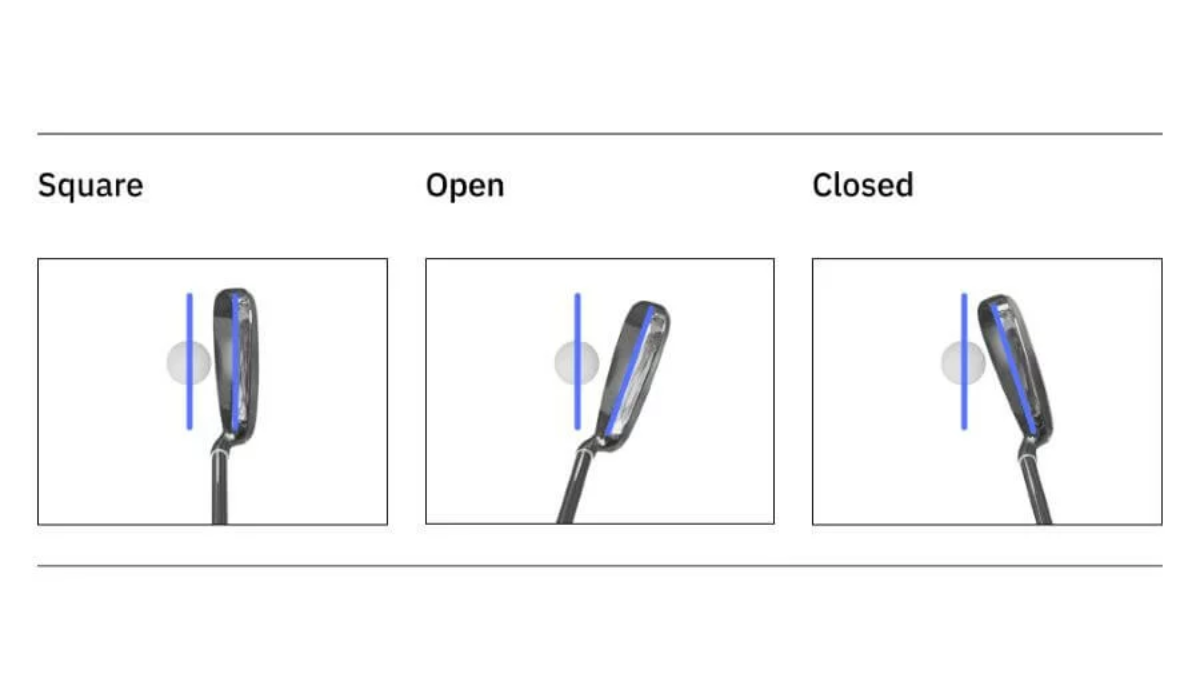
One of the most overlooked aspects of wedge bounce is its effect on shot versatility. Golfers who like to manipulate the face of their wedge — opening or closing it to hit different types of shots — need to consider how bounce interacts with their adjustments. Higher bounce wedges, when opened up, can create additional loft and make it easier to hit soft, high shots. However, if a wedge has too much bounce, opening the face too much can cause the leading edge to sit too high, making it harder to make solid contact.
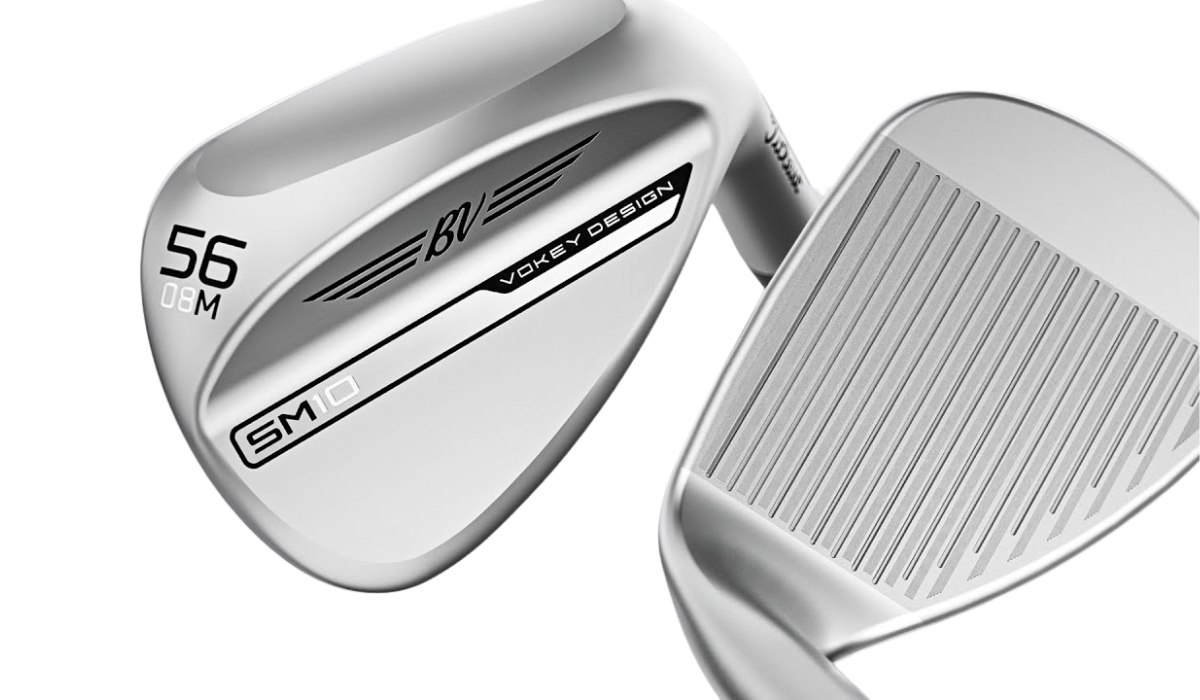
For players who like to play a variety of short-game shots, a mid-bounce wedge (typically 7-10 degrees) provides a good balance of forgiveness and adaptability. It offers enough bounce to prevent excessive digging but not so much that it limits the ability to hit lower, more controlled shots when needed. Having a mix of bounce options in the bag allows golfers to adjust their shot selection based on conditions and the specific demands of each hole.
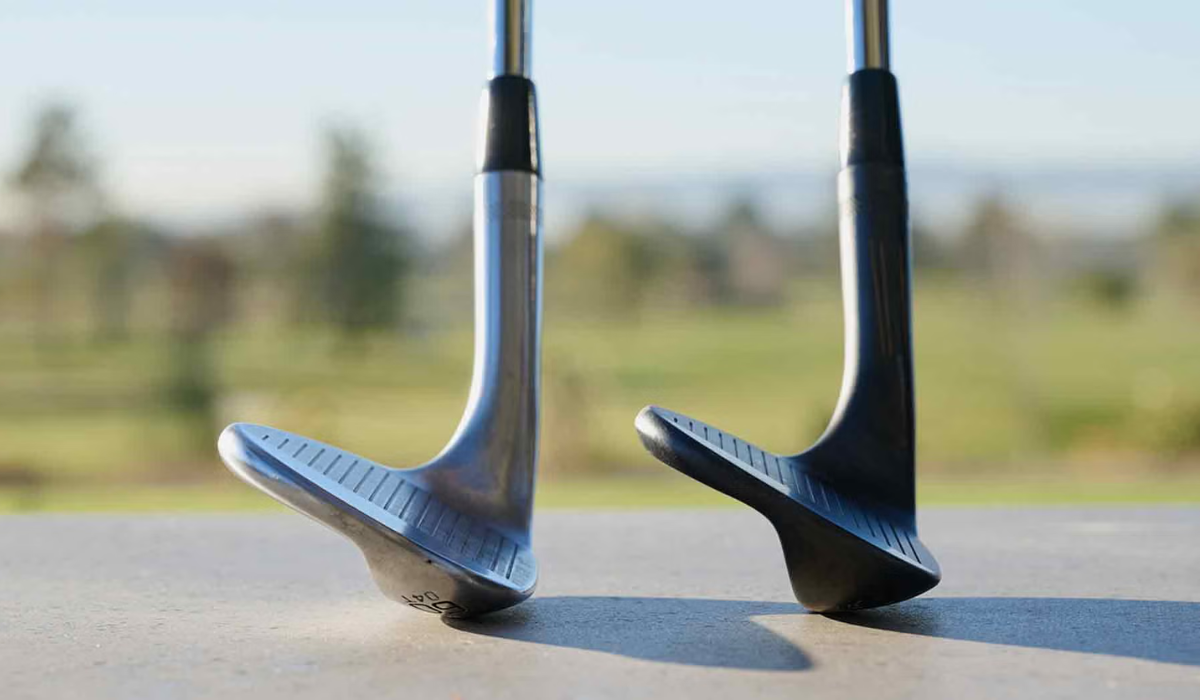
Selecting the right wedge bounce is a personal choice that depends on a combination of playing style, swing mechanics, and course conditions. Many golfers benefit from carrying multiple wedges with different bounce angles to cover various shot scenarios. A fitting session with a professional club fitter can provide valuable insights into which bounce options work best for a particular player’s technique and tendencies.
Ultimately, wedge bounce is not just a number stamped on the sole of a club — it is a crucial factor in shaping ball flight, controlling spin, and improving consistency around the greens. By understanding how bounce affects your shots and selecting the right wedges for your game, you can gain an edge in the short game and take your scoring to the next level.